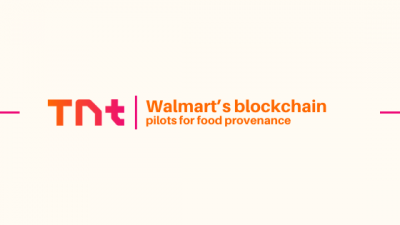In a nation that prides itself on education, it is remarkable how unprepared so many young people are for one of life’s most important challenges: managing money.
We teach children to read, calculate, and explore the wonders of science and history. Yet too often, when they graduate from high school, we send them into the world with little or no understanding of how to handle their personal finances. Shame on us.
Whether that young adult is heading to college or stepping into a first job, they will soon face the reality of rent, credit cards, taxes, and savings—often without the faintest idea of how to make those pieces work together. The absence of financial education does not just create confusion; it fosters a sense of helplessness that can last for decades.
The Hidden Gap in Our Education System
Financial literacy is not a luxury skill. It is a survival skill. Surveys consistently show that most American teenagers cannot explain how credit works, how to budget effectively, or even how to read a pay stub.
A 2024 TIAA Institute study found that the average U.S. adult could answer only half of basic financial-literacy questions correctly. Among young adults aged 18 to 25, that number was even lower. This is not simply a gap; it is a generational crisis.
When people do not understand how money works, they make avoidable mistakes that lead to lifelong stress: accumulating credit card debt, missing payments, living paycheck to paycheck, and delaying savings and investments that build long-term security. The results are visible everywhere, from the rise in student-loan defaults to the number of Americans with less than five hundred dollars in emergency savings. Financial illiteracy does not just hurt individuals. It weakens families, communities, and even the broader economy.
Building Smart Habits Early
Financial education should begin long before adulthood. Children can learn the basics of earning, spending, and saving through simple experiences at home. An allowance program that requires setting aside a small portion each week teaches patience and the power of consistency. Parents can make a game of it, perhaps by matching savings or rewarding goals met, showing that money can grow when managed wisely.
Teenagers with part-time jobs should be shown their pay stubs and taught what taxes and deductions mean. They should understand how insurance and withholding affect income. These lessons are best learned in the safety of childhood, not during the confusion of early adulthood when the consequences are real.
Schools Must Step Up
Our schools have a chance to change the trajectory. A growing number of states now require at least one semester of personal-finance education for graduation. That is progress, but it is not enough.
Financial literacy should be woven into math, economics, and social-studies curricula, not treated as an elective. Students should practice creating budgets, comparing loan terms, understanding compound interest, and learning what it means to invest in a stock market or a retirement account.
Imagine if every high-school graduate left with a working knowledge of how to save, invest, and borrow responsibly. We would change not only individual lives but the direction of the economy itself. A generation that understands money will be one that drives innovation, owns homes, and builds businesses.
The Role of Business and Community
This responsibility does not fall on families and schools alone. Businesses, especially banks, credit unions, and financial institutions, are uniquely positioned to lead.
Many have begun partnering with digital education companies such as EverFi and Junior Achievement to bring free, engaging financial-literacy programs to students. These initiatives are more than corporate social responsibility; they are an investment in a financially capable customer base and a stronger economy.
Companies that champion these programs also gain goodwill and meet Community Reinvestment Act goals. It is both good ethics and good business. When communities thrive financially, the businesses that serve them thrive as well.
Learning in the Age of TikTok
Today’s youth are flooded with bite-sized financial advice on social media, some of it useful and much of it misleading. TikTok might teach how to cook a meal or fold a pocket square, but it cannot replace thoughtful education from parents, teachers, and professionals.
The challenge is to make financial literacy as accessible and engaging as the platforms that compete for young people’s attention. That means real-world examples, relatable technology, and credible instruction. It means mentorship, not just media.
A Collective Duty
Teaching financial literacy is everyone’s responsibility. Parents, schools, businesses, and policymakers all have a role to play. It is about giving young people the tools to make informed decisions, avoid pitfalls, and build stability in their lives. If we can teach children to read and solve equations, we can also teach them how to manage a paycheck, avoid debt traps, and plan for the future.
The dividends of that education will last a lifetime. Financial literacy is not just about money. It is about freedom—the ability to choose, plan, and live without fear of financial uncertainty. That is a lesson no one should graduate without.
Information contained on this page is provided by an independent third-party content provider. Binary News Network and this Site make no warranties or representations in connection therewith. If you are affiliated with this page and would like it removed please contact [email protected]



Comments